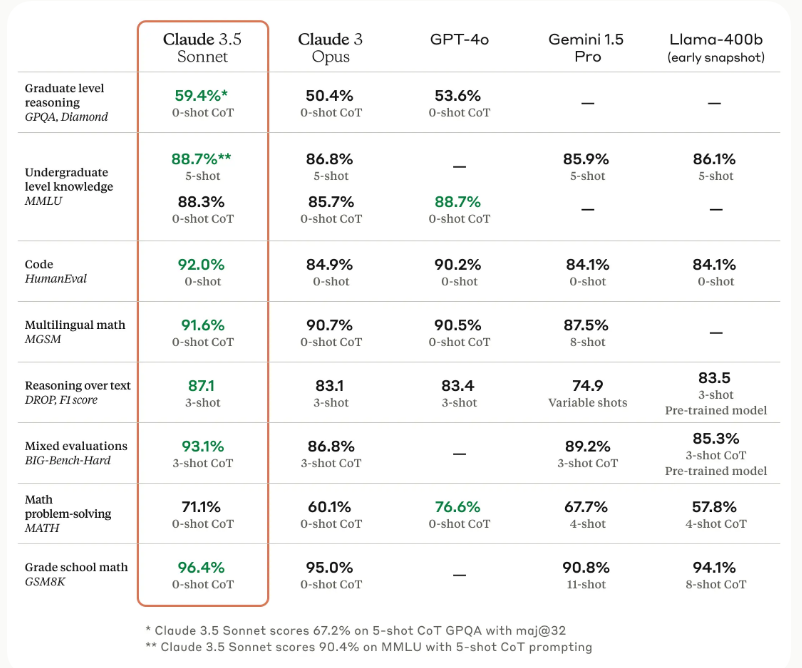The integration of artificial intelligence (ai) is revolutionizing the way professionals interact and use ai-generated content in digital workspaces. As businesses and creators seek more dynamic and intuitive interfaces, demand for ai to improve productivity and foster real-time collaboration is growing. A major challenge in this space has been creating tools that enable flexible, real-time interaction between users and ai-generated content without the cumbersome steps typical of previous technologies. Many existing solutions could not dynamically interact with content, limiting the potential for ai to truly improve collaboration efforts.
Historically, ai tools designed for collaboration have been hampered by interfaces that require users to switch between multiple platforms to fully utilize ai results. This often resulted in a disjointed experience that could stifle creativity and slow down workflow processes rather than improve them.
Anthropic's latest innovation, with the launch of Claude Sonnet 3.5presents 'Artifacts,' a feature designed to revolutionize user interaction with ai results. This tool allows users to generate and manipulate various types of content, such as code snippets, markdown documents, and visual designs, directly within their workflows, enabling seamless integration of ai into daily tasks.
The artifacts in Claude 3.5 Sonnet span six main types, each tailored to specific professional needs. For developers and programmers, 'Code Snippets' allow the insertion of executable code directly into projects. This artifact supports multiple programming languages, such as Python, JavaScript, and Java, improving the usefulness of ai in coding tasks by specifying languages through the “language” attribute. Given the security implications, external scripts for these snippets are only allowed from trusted sources like Cloudflare, ensuring a secure and seamless integration.
For content creators and educators, 'Markdown Documents' offers a robust tool for generating formatted text. These documents support markdown features such as headers, lists, and links, making them ideal for creating detailed reports, educational materials, or any content that benefits from structured text enhancements.
The 'HTML Pages' artifact serves web developers by enabling the creation of dynamic web pages that combine HTML, CSS and JavaScript. This ability is essential for designing responsive websites or prototyping web applications efficiently. However, users must adhere to certain restrictions, such as obtaining external scripts only from approved CDNs and avoiding external images unless using approved placeholders.
Graphic designers benefit from 'SVG images', which provide vector graphics that maintain clarity at any resolution. These images are scalable and can be intricately designed to fit various visual contexts without losing quality. Users specify viewBox to ensure that graphics adapt perfectly to different display environments. This feature is essential for graphic designers and visual content creators who need precision and scalability in their visual output.
Mermaid diagrams are another innovative artifact ideal for visualizing processes and relationships. Users can create a variety of diagrams, including flowcharts and sequence diagrams, which are crucial for project managers and developers. These diagrams help plan and visualize project schedules, processes, and relationships, improving team clarity and communication.
React components complete Artifact's offerings, allowing the creation of interactive UI components. This includes everything from simple elements to complex functional components with bindings facilitated by a curated library of predefined resources and components. This particularly benefits UI/UX designers and front-end developers who must quickly prototype or implement interactive elements within applications.
To maximize the usefulness of Artifacts within Claude 3.5 Sonnet, users should follow specific guidelines regarding content appropriateness. Artifacts are designed to be substantial and typically extend beyond fifteen lines to ensure they provide complete information or functionality. They are intended to be self-contained and provide all necessary information within the Artifact, making them understandable without requiring additional conversational context. Additionally, these artifacts are created with the intention that they can be modified, reused, or referenced multiple times, underscoring their usefulness in ongoing projects and processes.

However, there are clear stipulations about when not to use artifacts. They are not suitable for simple, short answers or for content that is primarily explanatory and does not require interactive participation. Additionally, artifacts should not be used for content that is highly dependent on the specific context of a conversation, as they are intended to be independent. Traditional answers are more appropriate for one-off questions or examples that don't benefit from deep interaction or future reuse. Usage notes further guide interaction with these tools, noting that you should typically create one artifact per message to avoid clutter and maintain the flow of the conversation. However, existing artifacts can be updated with the same identifier to reflect evolving content or ideas.
To conclude, the introduction of Artifacts in Anthropic's Claude 3.5 Sonnet streamlines the integration of ai-generated content into real-world applications and improves the functionality and interactivity of digital workspaces. By providing a wide range of secure and customizable tools, Claude 3.5 Sonnet enables users to act more effectively and innovate, pushing the boundaries of what ai can achieve in creative and technical fields.
Nikhil is an internal consultant at Marktechpost. He is pursuing an integrated double degree in Materials at the Indian Institute of technology Kharagpur. Nikhil is an ai/ML enthusiast who is always researching applications in fields like biomaterials and biomedical science. With a strong background in materials science, he is exploring new advances and creating opportunities to contribute.






